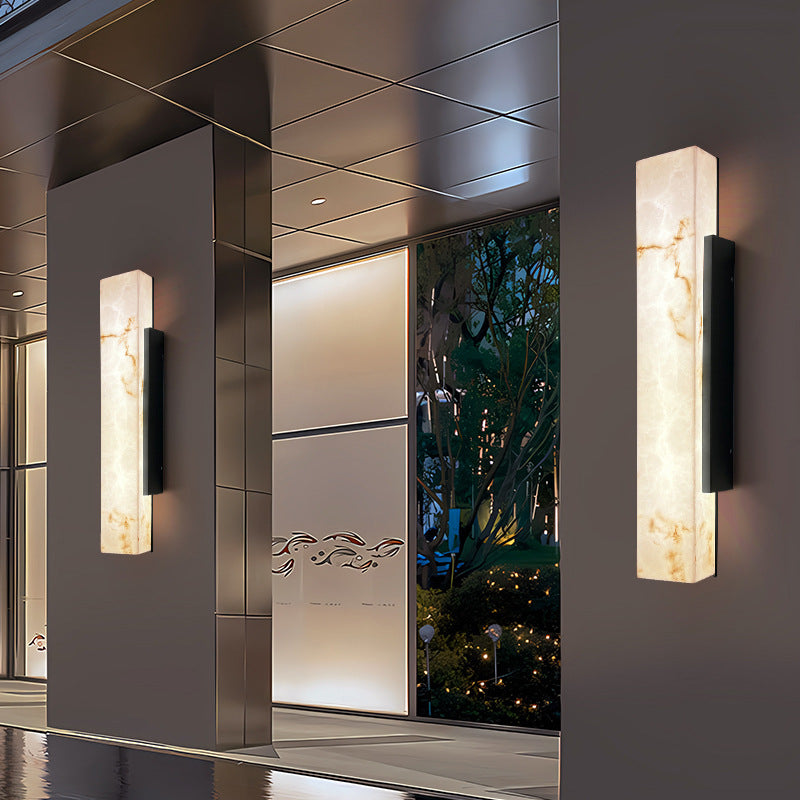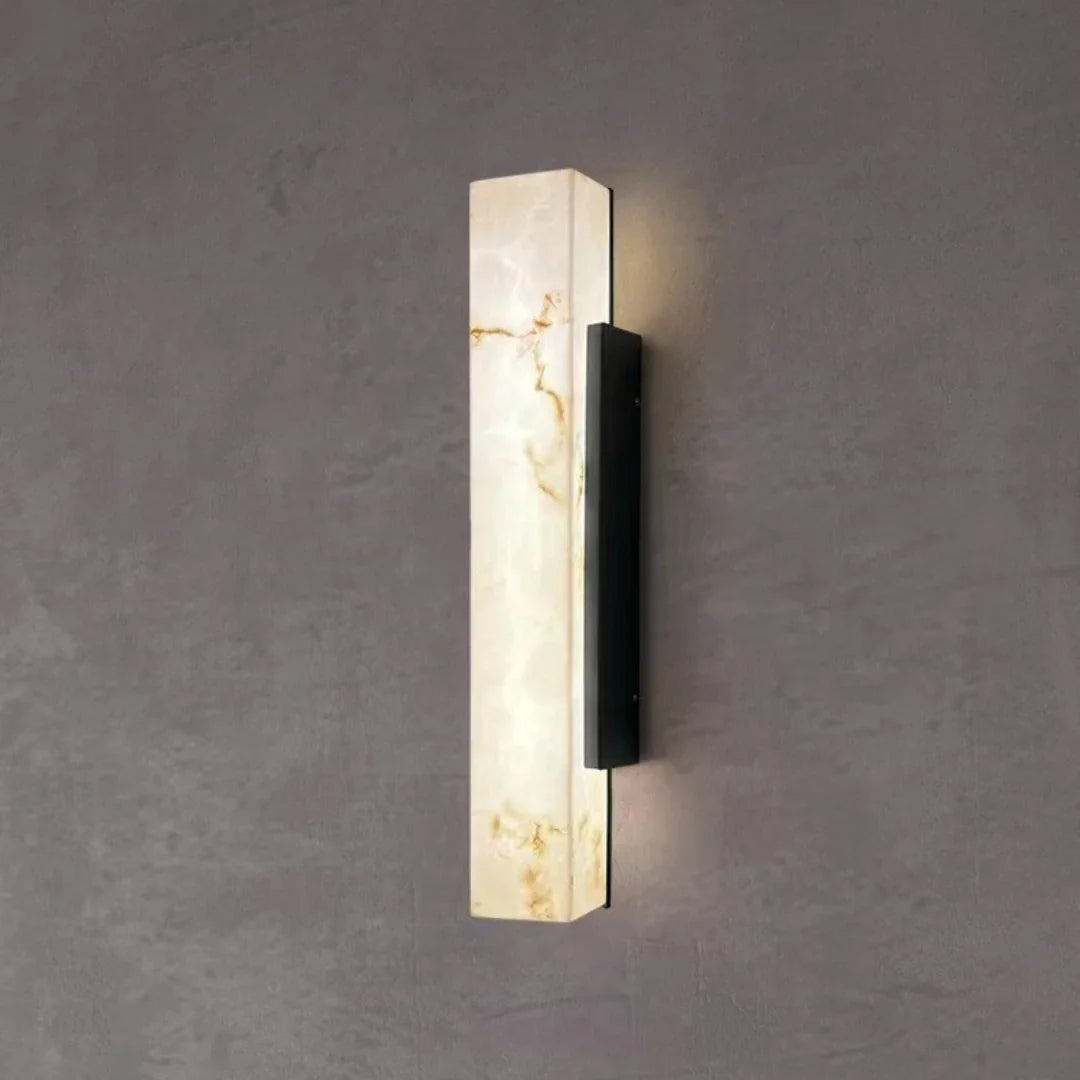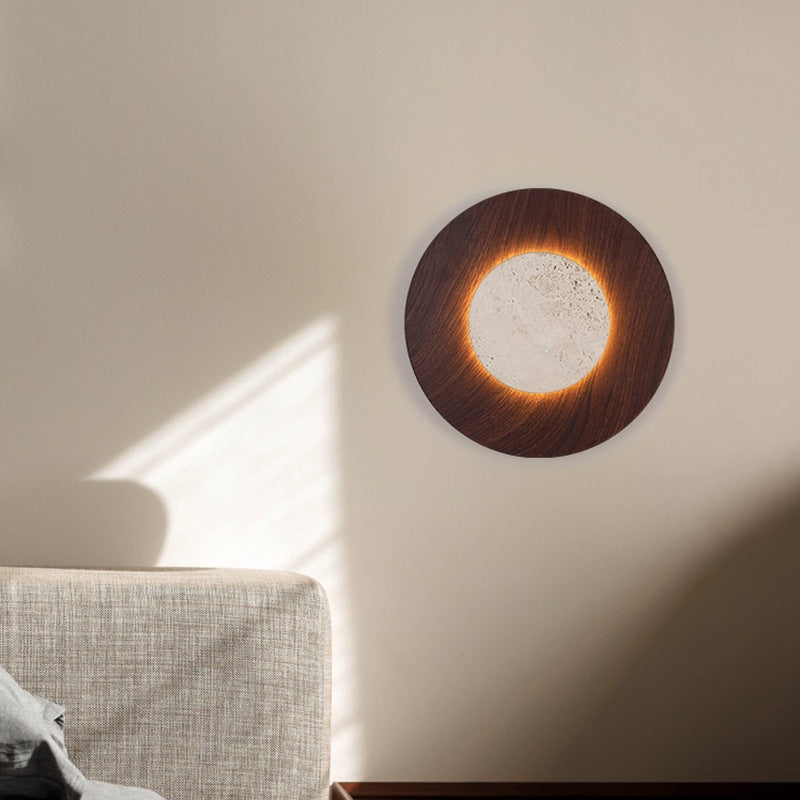Alabaster Lamp vs Marble Lamp: In-Depth Guide to Choosing the Perfect Stone Lighting
When it comes to luxury lighting, stone lamps have become a staple in modern home decor. Among these, alabaster lamps and marble lamps are two of the most popular options. While they may appear similar at first glance, understanding their material properties, light diffusion, and design characteristics is essential for selecting the perfect lamp for your home.
In this guide, we’ll explore the key differences, aesthetic considerations, practical buying tips, maintenance advice, and current trends in the US market.

The History and Origins of Alabaster and Marble Lamps
Alabaster: A Timeless Stone
Alabaster has been used for thousands of years, dating back to ancient Egypt, where it was carved into vases, statues, and decorative lamps. Its soft, semi-translucent quality made it ideal for lamps, allowing a warm glow to pass through the stone.
In Europe, alabaster became a favorite material for church sculptures and luxury decor, and today, it continues to be prized in modern interior design for its artistic, ambient lighting effect.
Marble: A Classic Symbol of Luxury
Marble has an equally rich history, widely used in ancient Greek and Roman architecture and sculptures. Its striking veining and solid structure convey luxury and strength. While marble is harder and opaque, it is commonly used as lamp bases or decorative elements, giving an elegant, timeless look without allowing light to pass through.

Material Science: Why Alabaster Transmits Light, Marble Doesn’t
The difference between alabaster and marble goes beyond aesthetics—it’s scientific.
- Alabaster is primarily made of gypsum, which has a soft crystalline structure. Its semi-transparency allows light to diffuse evenly, creating a warm, ambient glow.
- Marble, composed mainly of calcite, is denser and opaque. It does not allow light to pass through, so marble is typically used for lamp bases, table lamps, or decorative accents rather than lampshades.
Tip: If your goal is to create soft, atmospheric lighting, alabaster is the ideal choice. For structural or sculptural impact, marble works best.
Aesthetic Considerations: Texture, Color, and Pattern
Alabaster Lamps
Alabaster features cloud-like patterns in white, cream, or soft beige. When illuminated, the patterns appear luminous and warm. Alabaster lamps are especially suited for:
- Modern minimalist interiors
- Luxury or contemporary living rooms
- Ambient lighting in bedrooms or dining rooms
Marble Lamps
Marble offers bold veining and more pronounced color variations. While it does not emit light, its polished surface provides a sophisticated, high-end appearance, making it perfect for:
-
Lamp bases or columns
-
Statement pieces in foyers or offices
-
Complementing minimalist or classic decor
Design Tip: Combining alabaster shades with marble bases can provide both light diffusion and luxurious structure.

Practical Buying Guide
When selecting between alabaster and marble lamps, consider these factors:
-
Size & Shape:
-
Alabaster: Thinner slabs allow better light diffusion.
-
Marble: Heavier slabs may require sturdier support.
-
-
Color & Texture:
-
Alabaster: Cream, beige, or light gray for softer lighting.
-
Marble: White with gray veins, black, or green for decorative contrast.
-
-
Lighting Type:
-
LED bulbs are ideal for alabaster lamps to enhance the warm glow.
-
Marble lamps can pair with ambient or directional lighting.
-
-
Budget Considerations:
-
Alabaster tends to be more expensive due to craftsmanship.
-
Marble is relatively cheaper but adds weight and luxury feel.
-
-
Product Recommendation (Internal Linking for SEO):
-
Alabaster Wall Lamp Collection – perfect for ambient lighting
-
Marble Table Lamps – elegant and decorative for desks or living rooms
-

Maintenance and Cleaning Tips
Proper care ensures your stone lamps last for years:
-
Alabaster: Wipe gently with a soft, dry cloth. Avoid acidic or abrasive cleaners as they can damage the surface.
-
Marble: Clean with a damp cloth and occasionally polish. Avoid harsh chemicals to prevent surface dulling or etching.
Tip: Keep both types of lamps away from direct sunlight for prolonged periods to maintain color and structural integrity.
Interior Design Trends in the US Market
Stone lamps are currently trending in luxury and modern home interiors:
-
Alabaster Pendant Lamps for dining rooms
-
Marble Base Floor Lamps for living rooms
-
Mixed Material Combinations – alabaster shades with marble or metal bases
These pieces serve as both functional lighting and artistic decor, fitting perfectly with minimalist, mid-century modern, and contemporary design styles.
Choosing between alabaster and marble lamps comes down to function and style:
-
Alabaster lamps: Perfect for soft, warm, ambient lighting with artistic elegance.
-
Marble lamps: Ideal for structural, sculptural, or decorative purposes where light diffusion is not required.
By understanding the material properties, lighting effects, and design compatibility, you can make an informed choice that enhances both your home’s ambiance and style.
Explore our curated collections of alabaster and marble lamps to find the perfect match for your home today.




